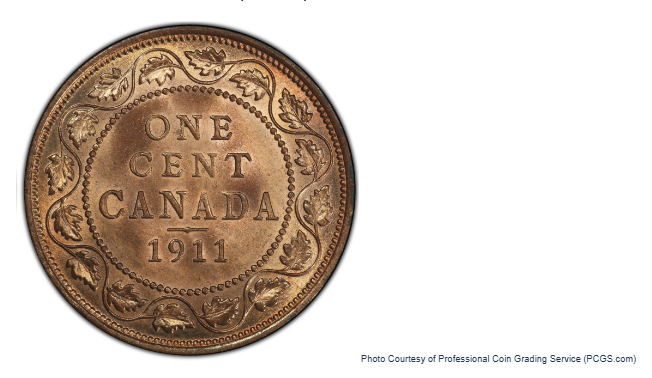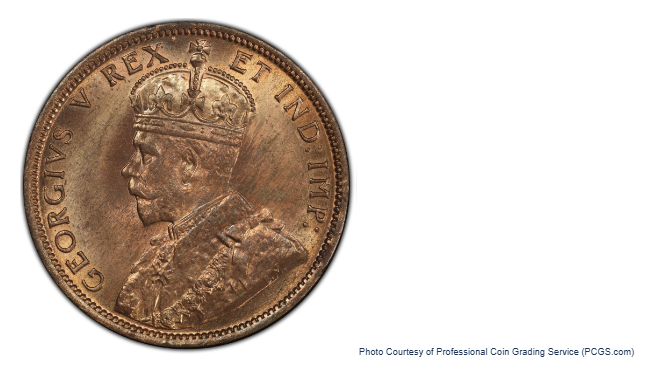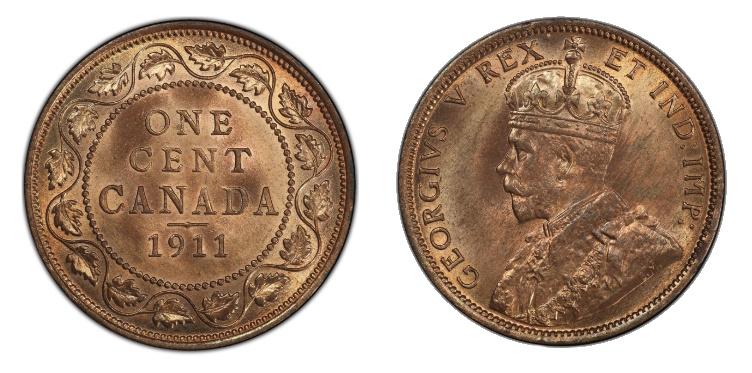在 1911 年的最初幾個月,加拿大人在日常生活中可能會注意到他們的零錢有些不尋常。一枚新鑄造的硬幣--新鮮、乾淨,印有英王喬治五世的肖像--乍看之下似乎非常普通。但對於那些仔細觀察的人來說,少了一些東西:傳統的拉丁文銘文 "D. G."簡稱 Dei Gratia意思是 「神的恩典」。
儘管這個改變是微妙的,但它的缺席並沒有被忽略了 - 它很快就成為了全國爭論的中心,並達到了君主制的最高層。
遺失的碑文
歷史上,加拿大錢幣將「Dei Gratia」列為君主稱號的一部分。這不僅是傳統:它反映了人們普遍相信君主的統治不僅是靠法律權力,而是靠神權。
當英王喬治五世於 1910 年登基時,倫敦皇家鑄幣廠的任務是製作加冕年的新錢幣。為了趕在最後期限前完成,製作過程被加快了,但由於至今仍有爭論的原因 - 不知是設計上的限制還是單純的疏忽 - 一些 1911 年加拿大錢幣的正面省略了 "D.G. "字樣。
隨之而來的是迅速而強烈的公眾回應。

公眾的憤怒
1911 年,加拿大的基督教傳統仍然根深蒂固。上教堂很普遍,君主制與宗教身份密切相關。許多人認為刪除 "Dei Gratia "並非設計上的選擇,而是象徵著對神權的拒絕。批評者稱新錢幣為 「無神 」或 「無恩典 」錢幣,此事成為全國性的頭條新聞。
皇家糾正
這場爭議最終導致了正式的回應。關於 1911 年 12 月 29 日1912年,皇家公告指示在所有未來的加拿大硬幣上恢復傳統的拉丁語。到了 1912 年,經修正的設計再次包括「D.G.」作為君主頭銜的一部分,並恢復流通,公眾的憤怒也平息了。

永恆的遺產
雖然 1911 年「無神」分幣現在的市場價值並不高,但它卻具有獨特的歷史意義。對收藏家而言,它代表的不只是鑄造上的異常情況;它講述了一個文化時刻的故事,當時一個小小的遺漏引發了全國對傳統、信仰和身分認同的爭論。
它提醒人們,即使是錢幣上最微小的細節,也可能寓意深刻 - 而且貨幣的設計從來都不是純粹的美學,而往往具有深刻的象徵意義。

